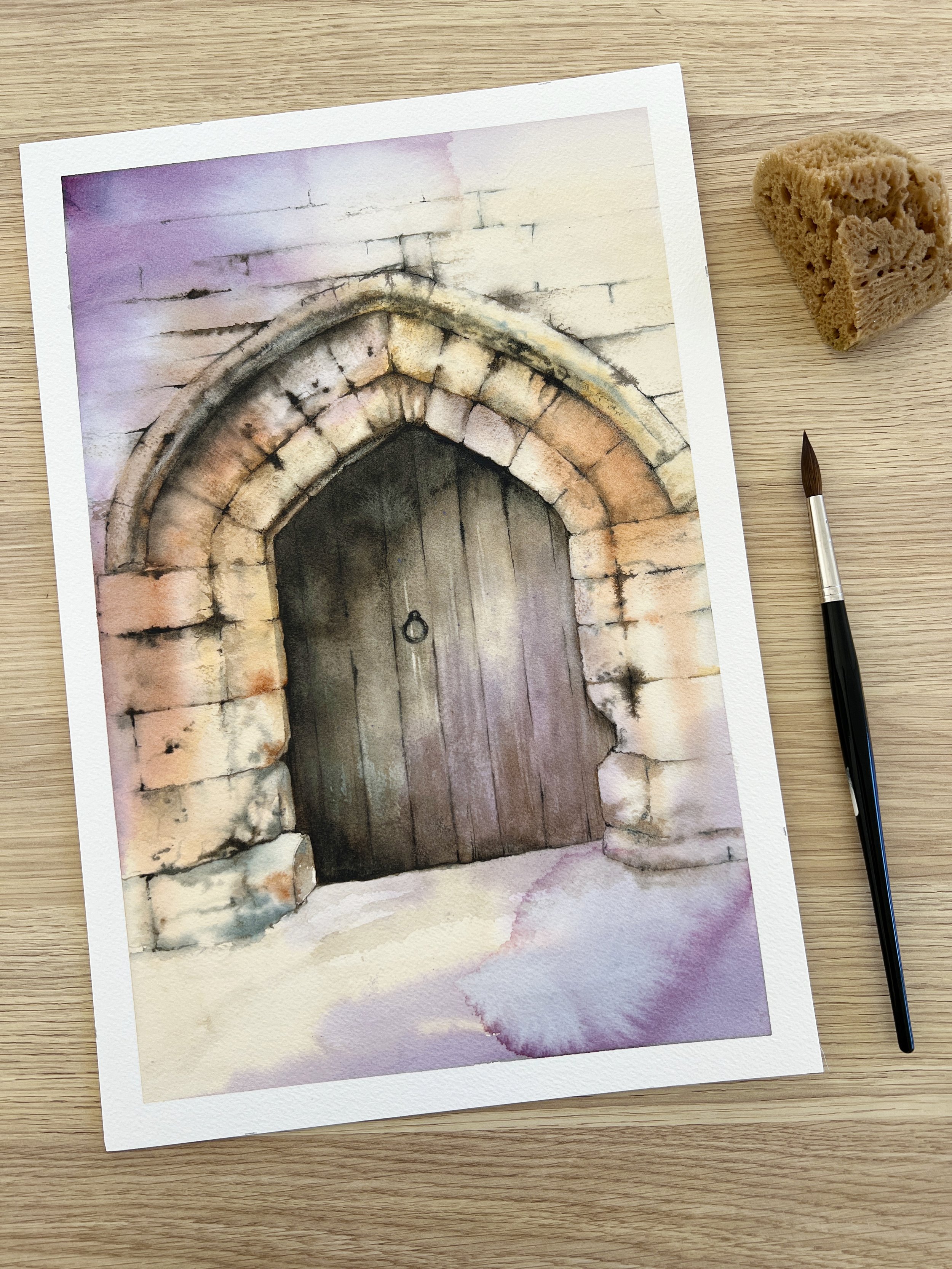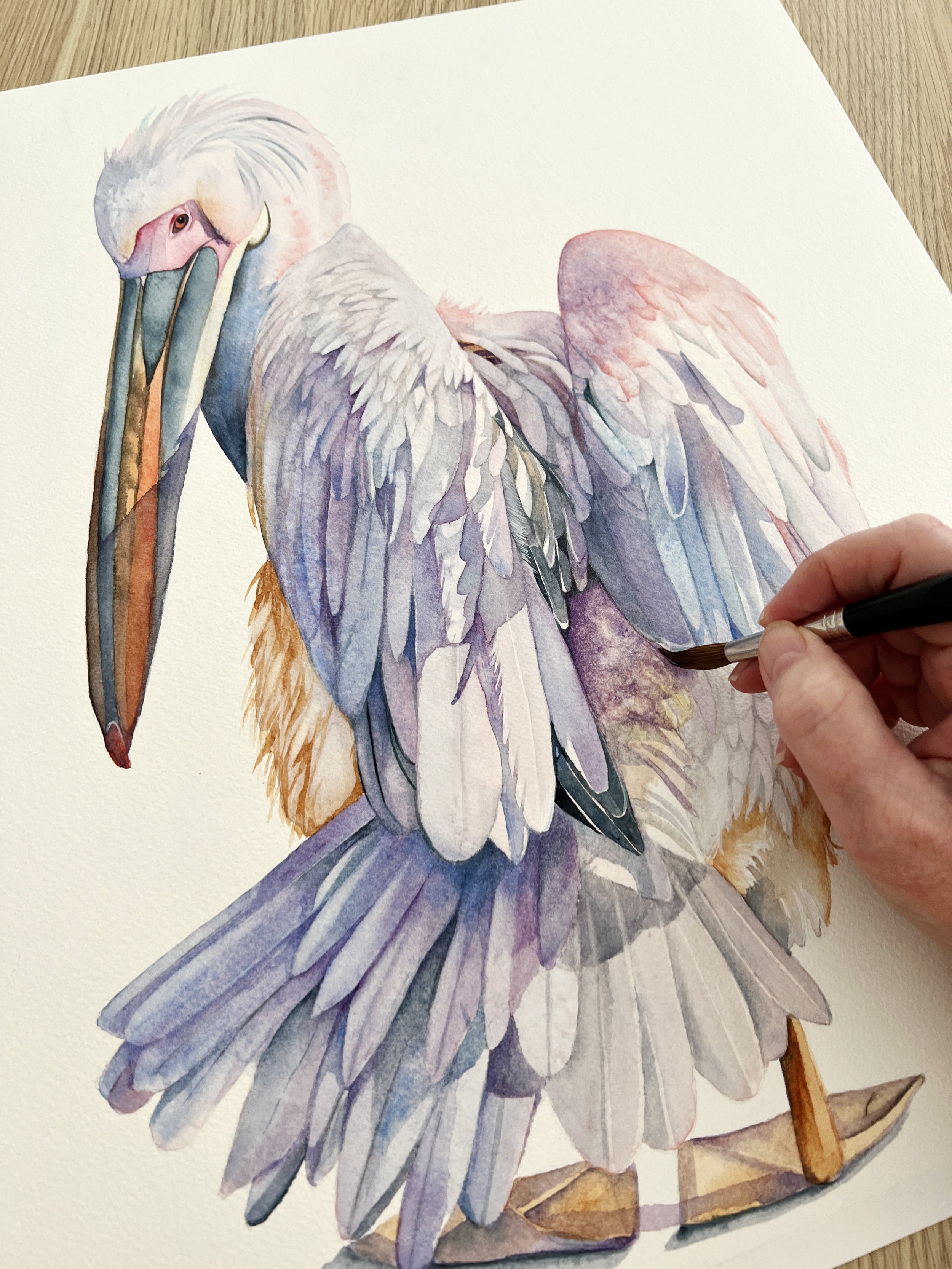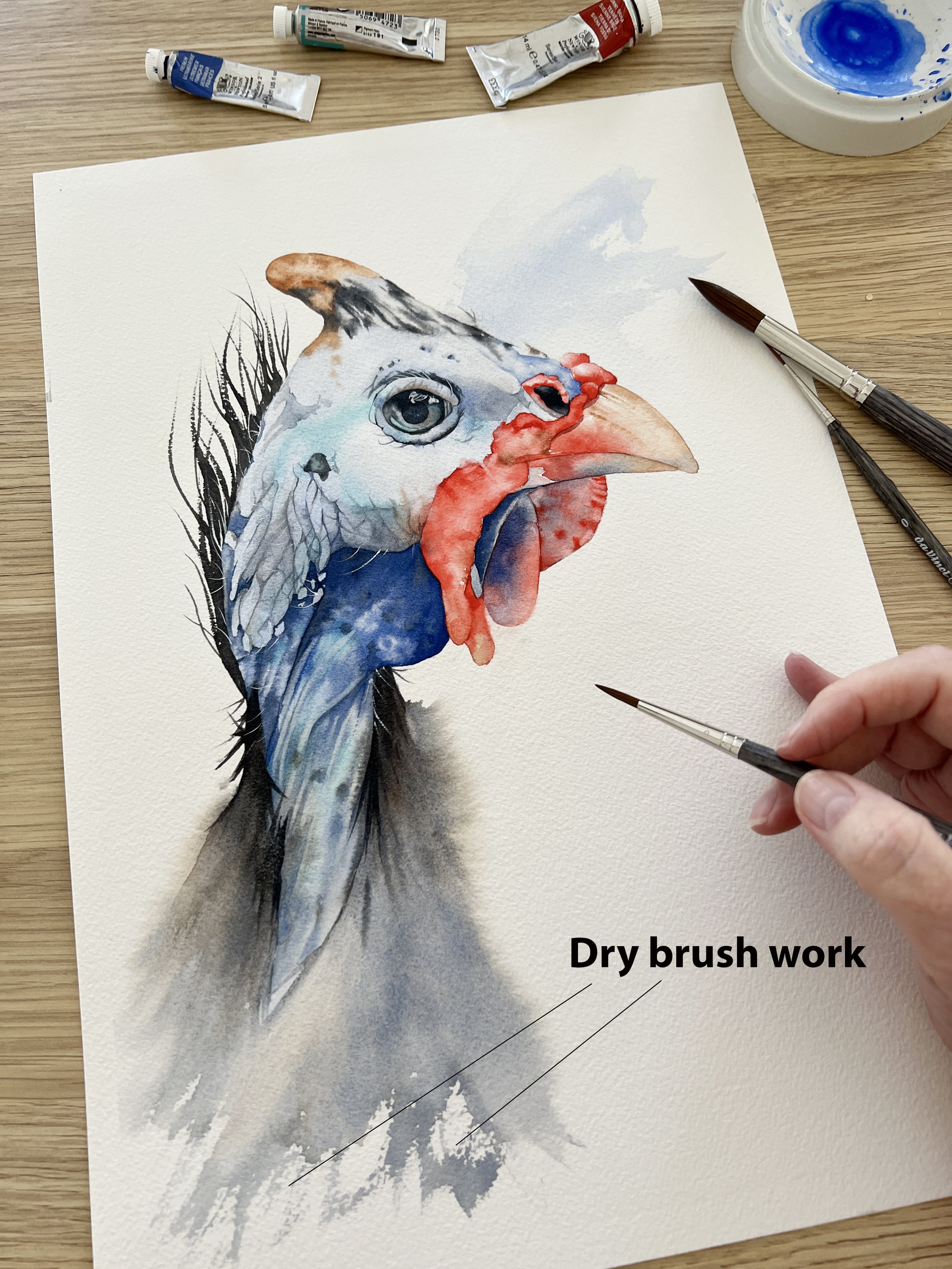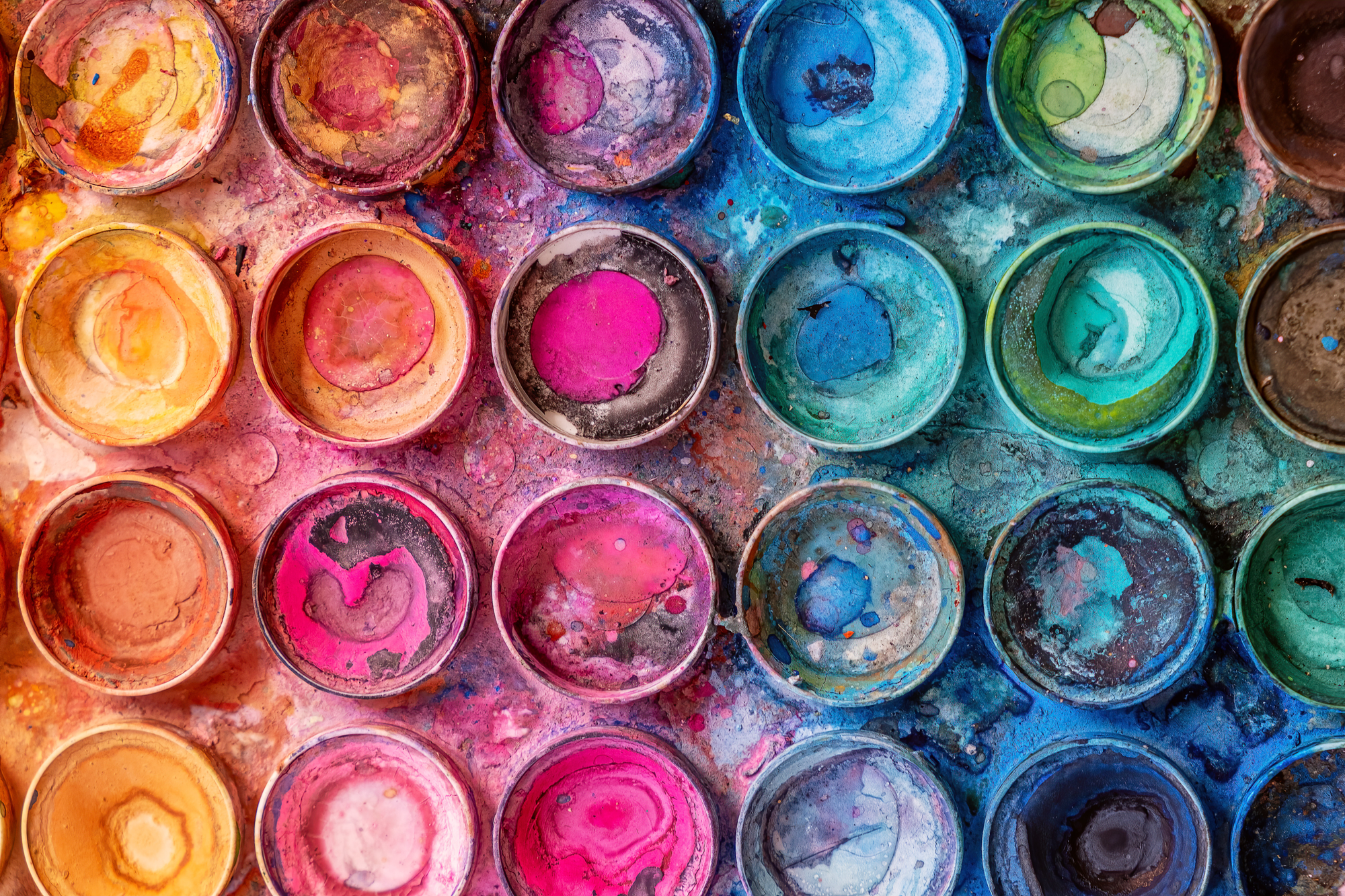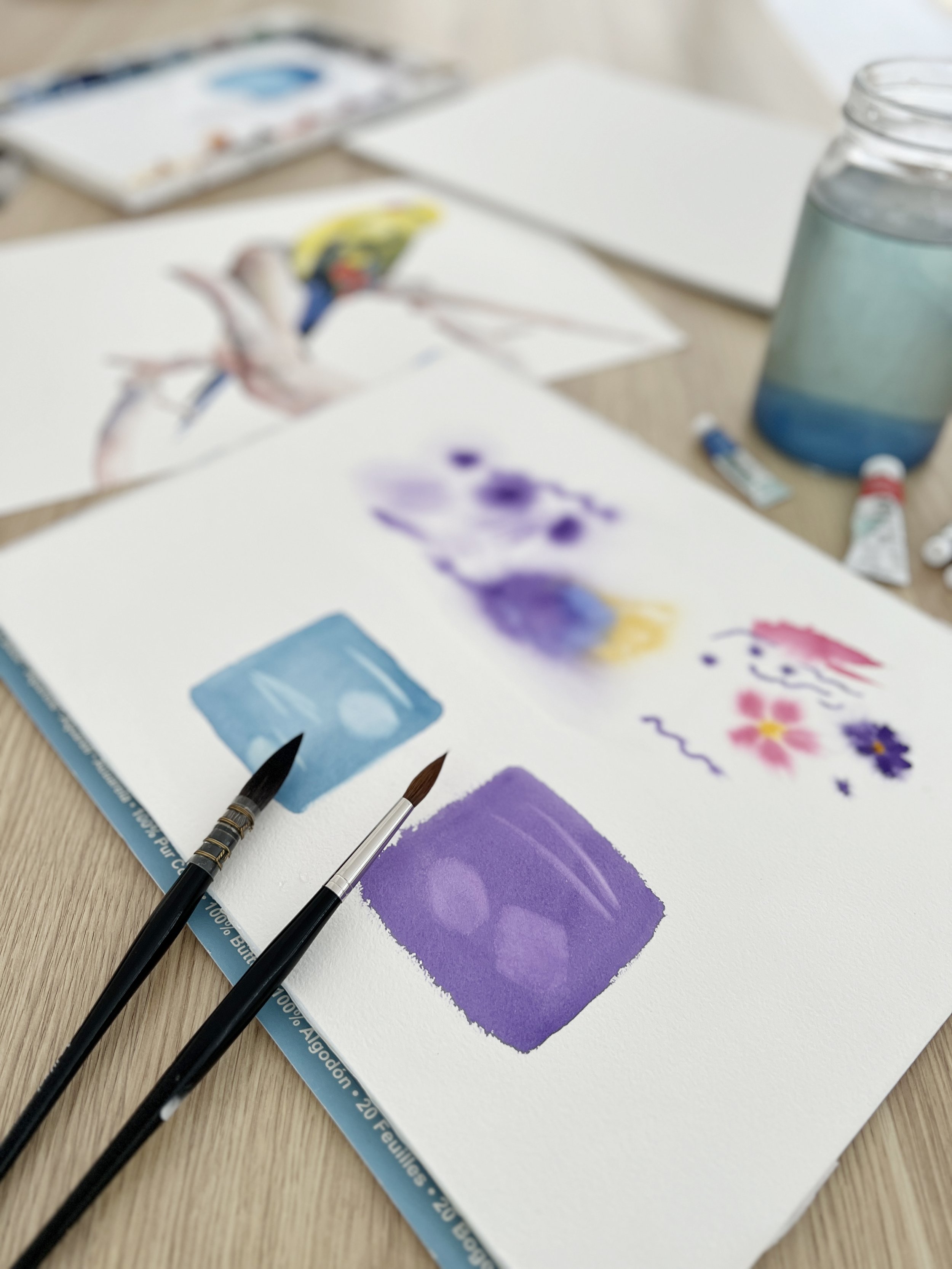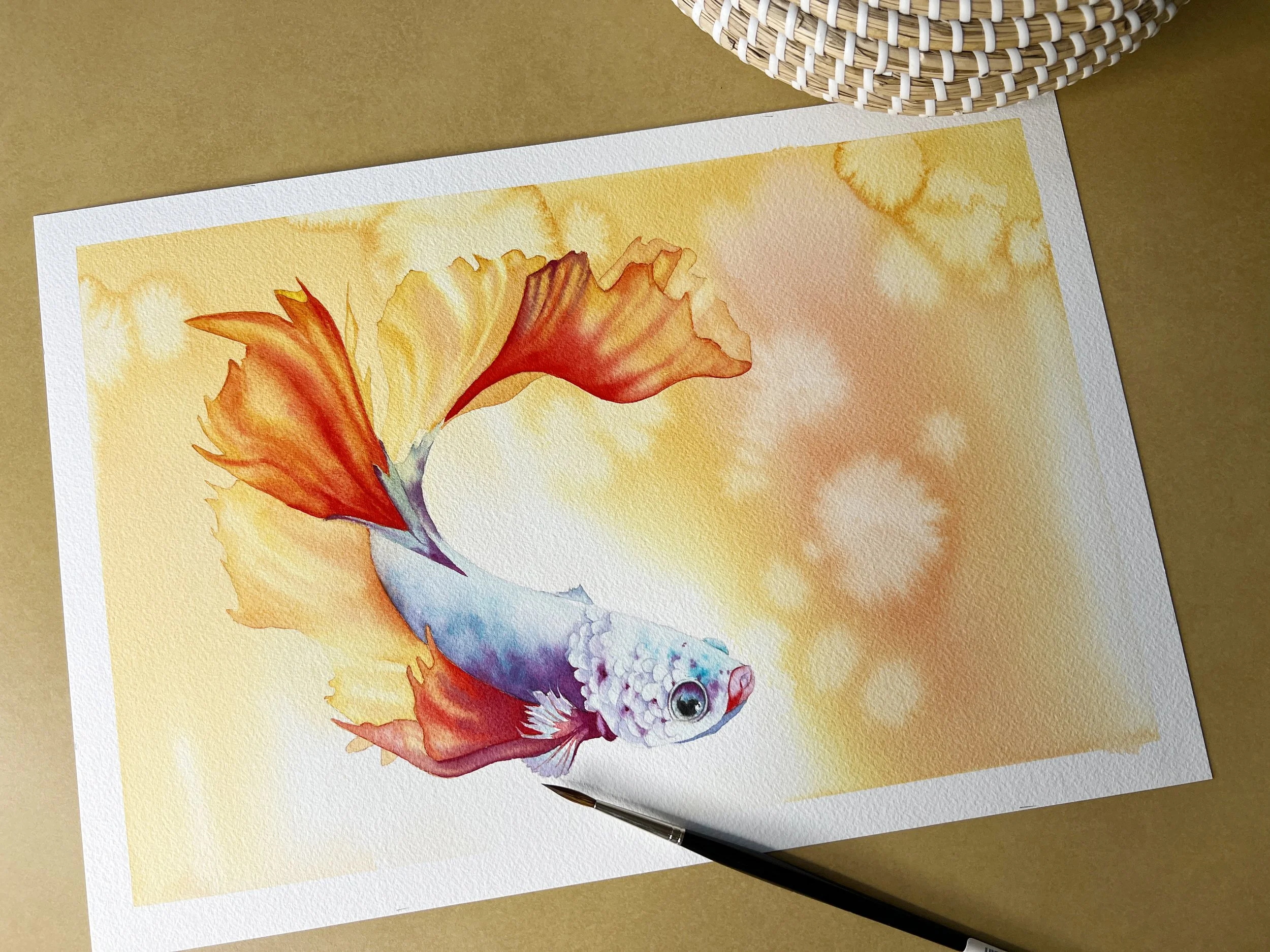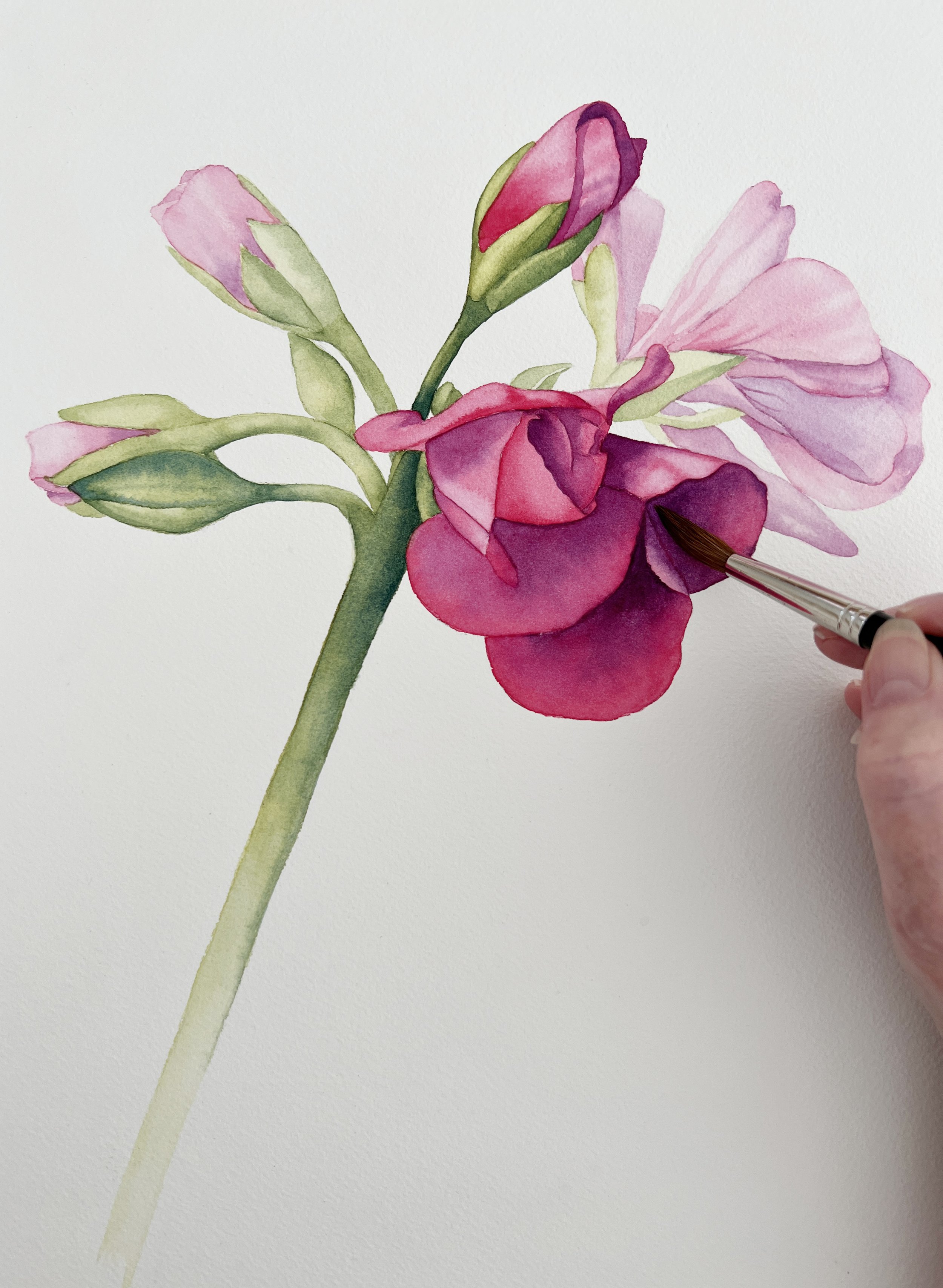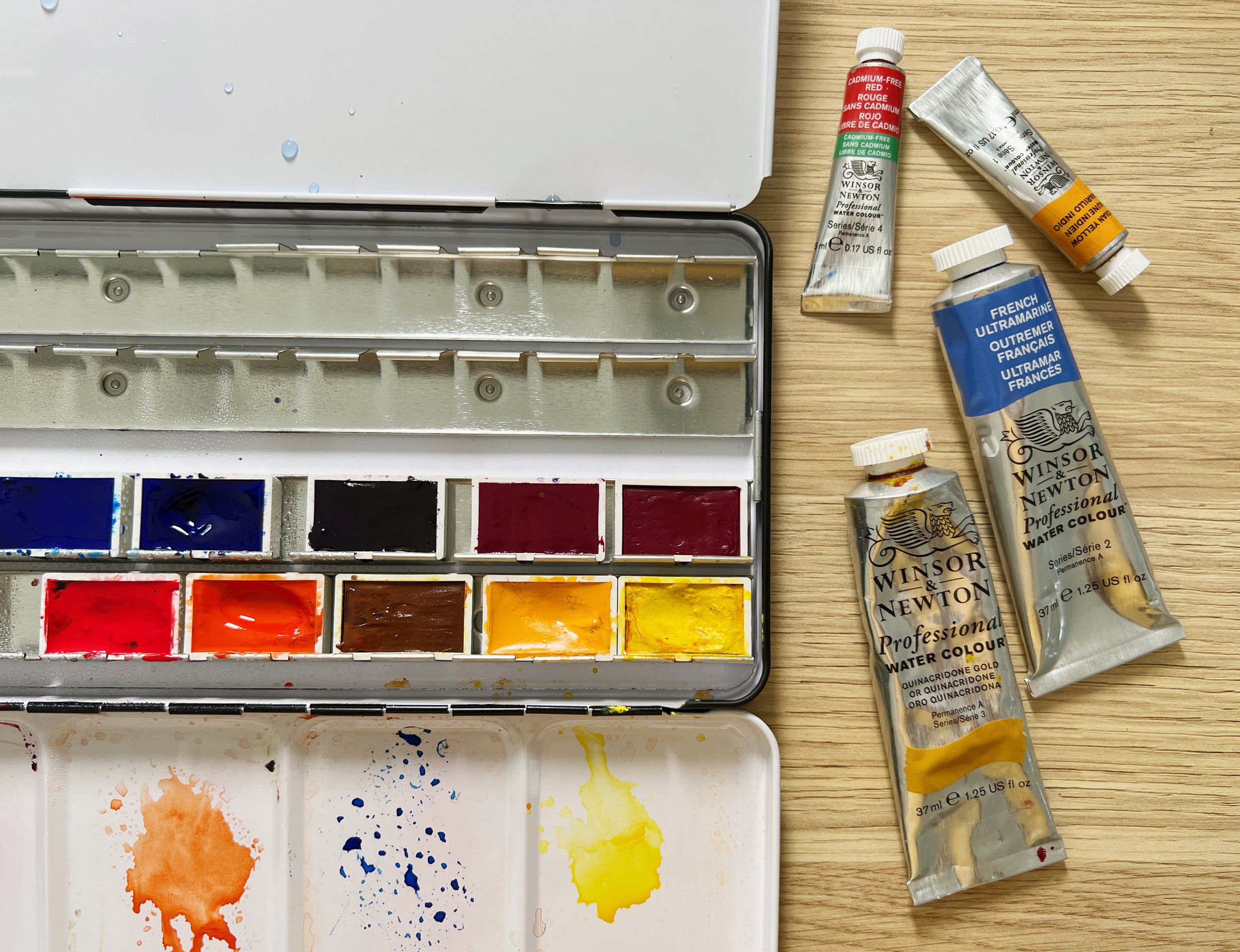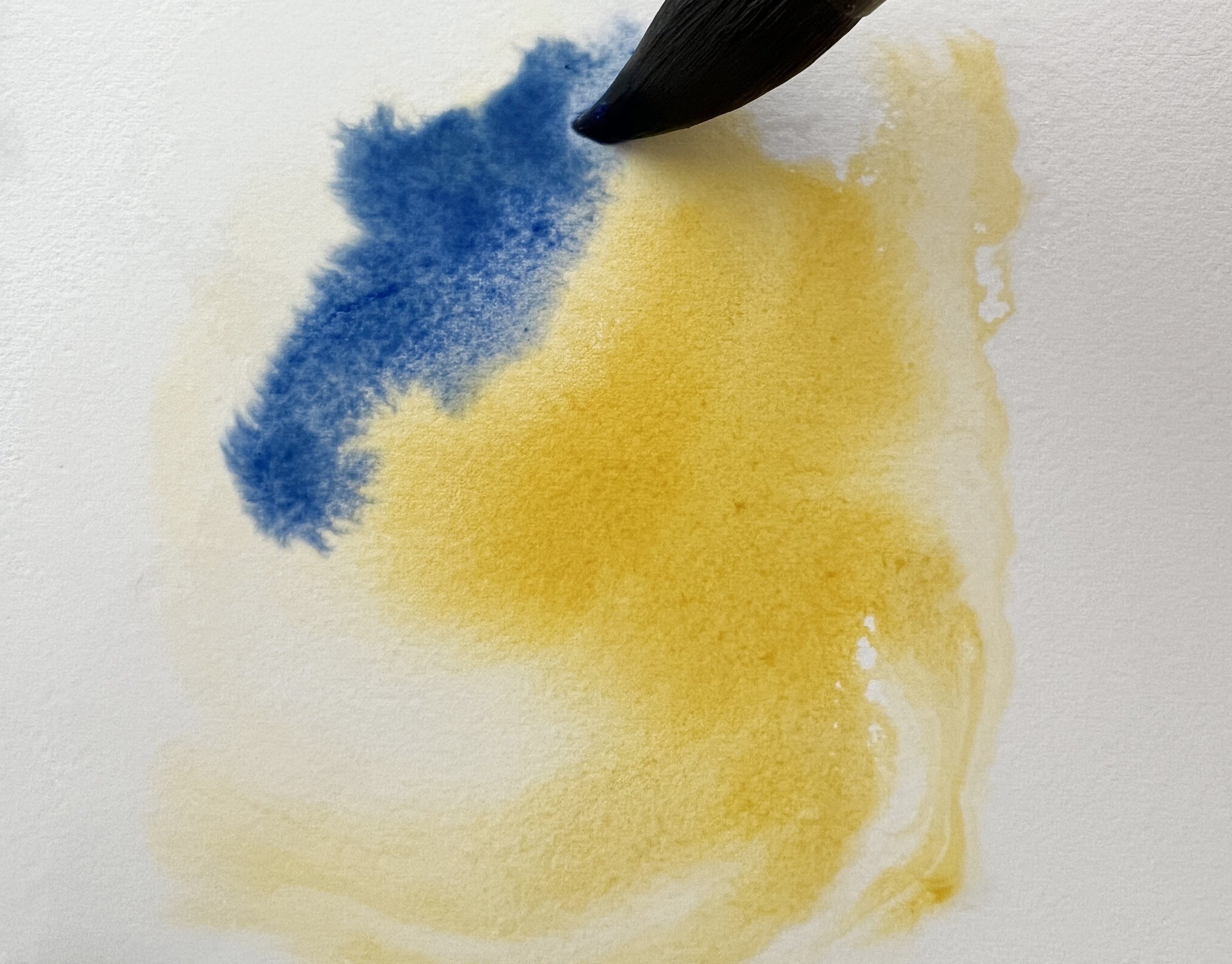Visual texture in a watercolour painting refers to the illusion of different surface qualities that are created through the use of various brushstrokes, colours, and techniques. It adds depth, dimension, and interest to the artwork. Artists can use textured areas to create focal points and draw the eye to specific areas of the painting. Texture can be used to convey emotions and enhance the expressive qualities of a watercolour painting.
Read MoreThe key message I took away after reading Atomic Habits by James Clear is that by harnessing the power of tiny habits, we can transform our lives and achieve extraordinary results. If we implement small, consistent changes in our habits and focus on the process rather than the outcome, we can make remarkable progress and achieve long-term success.
Read MoreCharging can be used to create interesting textures and visual effects in watercolour paintings. By manipulating the wet paint or water, you can create patterns, ripples, and organic shapes, adding depth and visual interest to your artwork.
When I paint initial washes on a subject I like to add interest by dropping in another unexpected colour as I did here on this Rooster painting.
Read MoreThe dry brush technique is an expressive way to paint. So when you use it, you need to let go of your inhibitions and relax…..just breathe. It produces a random effect that you can’t really control.
It's not an easy technique to do, and it requires practice.
Read MoreWhen we refer to muddy colours or creating mud on our watercolour paintings we mean we have lost the vibrancy that watercolour paintings are renowned for. The colours on your painting might appear dull, lifeless or lacking in vibrancy. They just look …….meh.
Read MoreIt is possible to use gouache and watercolour together in a painting, but it is recommended to apply gouache towards the end of the painting process due to its reactivity with water. Also, as I mentioned, gouache is an opaque medium that can cover watercolour, whereas watercolour is transparent and cannot cover gouache.
Read MoreI find painting on watercolour blocks to be a frustrating process. Despite my best efforts, I often end up with puckered paper and the resulting hills and valleys make for an unpleasant painting experience. I paint with a lot of water though, so maybe if you paint with a drier painting process you might find them suitable to paint on.
Read MoreThis brush is perfect for creating highlights on a watercolour painting after the paint has dried.
It’s a flat, stubby brush with stiff bristles. It’s stiff enough to remove the dry paint but soft enough to not damage the paper.
Read MoreNot only is watercolour painting inherently transportable, but it allows for an easy clean up once you’re done with your artwork. All you have to do is wash off any excess paint from your brushes. They don’t need to be cleaned thoroughly after each painting session.
Read MoreThe wet on dry technique is a fundamental method in watercolour painting where wet paint is applied onto a dry paper surface. We use it to create precise lines, textures, and details, because it provides greater control over the paint and prevents bleeding or flowing over the paper surface.
Read MoreOne major difference between pan paints and tube paints is their form of packaging. Pan paints come pre-dried in a plastic or metal container where they can be easily stored, while tube paints are packaged in small containers with a twist-off cap that contains wet paint.
Read MoreKnowing these pigment codes can help you identify specific colours and their properties, including lightfastness, opacity, granulation and staining qualities. This information can be invaluable when selecting watercolour paints to create your artwork. It also enables you to mix colours accurately and hopefully achieve the desired results every time.
Read MoreThe two most popular types of paper for watercolour painting are cotton paper and rag paper. While the terms "rag" and "cotton" are often used interchangeably, there are slight differences between the two.
I’m going to get a bit technical here so bear with me.
Read MoreWorking wet on wet in watercolour seems to trouble a lot of beginners. Below are some common questions I am often asked:
-How do you determine how much water to have on your brush or paper?
-How much water is too much?
-When working wet on wet how can I control how far and how uniformly pigment flows away from my brush?
-I find wet on wet to be a challenge. I almost always end up with ugly blooms. How do you avoid them?
-My paper is drying too quickly - please help?
Alrighty, let’s see if I can help.
Read MoreI thought it would make painting the background splash easier if I used masking fluid on the edge of the birds before I started, but after my background splash had dried and I started to remove the masking fluid, I discovered that it had left a yellow stain on my paper all the way around the age of the cockatoos.
It looked awful, and I came really close to ripping the painting off my board and starting again. I should have known better and I always tell all my students to test the masking fluid on the edge of the paper before using it to make sure it doesn't discolour or tear the paper when removing it.
Read MoreI was inspired to paint some seashells in watercolour after I sorted my collection of shells into containers.
Read MoreThree common water problems happen to me all the time when I paint but fortunately I know how to fix them when they do.
Read More